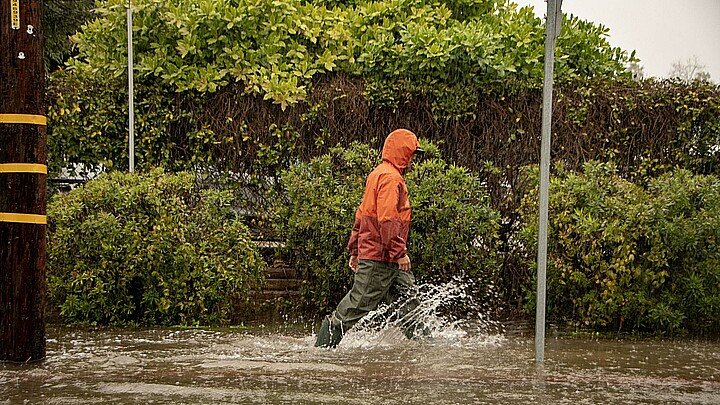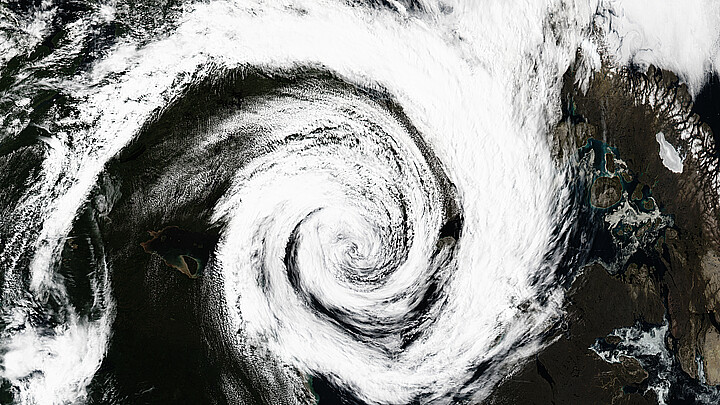Climate
California: 1,200 tremors in 8 months, putting area at risk of major earthquake
While these small earthquakes take place less than a mile below the surface of the earth, they can build up, and eventually lead to significant damage on the surface

April 25, 2023 8:52pm
Updated: April 26, 2023 9:13am
Scientists believe that Los Angeles and other parts of California could be hit by a major earthquake soon, according to a new study.
Researchers from the California Institute of Technology (Caltech) studied the Newport-Inglewood fault, which is near the LA suburbs of Long Beach and Seal Beach. The fault extends 47 miles from Culver City to Newport Beach, before turning into the Pacific Ocean.
The team detected over 1,200 tremors or micro-earthquakes in the region over the past eight months. The researchers detected the small quakes using three dense nodal seismic data arrays that were placed in both locations. Hoping to filter out noise, the team successfully collected the data between 9 pm and 5 am local time.
“The surprising aspect is the relative number of shallow events,” said one of the researchers, adding that the number of quakes found was larger than expected.
While these small earthquakes take place less than a mile below the surface of the earth, they can build up, and eventually lead to significant damage on the surface, such as ruptures, or even an intense earthquake.
Previous studies have suggested that the Newport-Inglewood fault is capable of a 7.4 magnitude earthquake, which is equivalent to 32 Hiroshima atomic bombs, reported the Daily Mail. A report by the United States Geological Survey (USGS) for example, suggested that an earthquake of up to 6.7 in magnitude could strike the Los Angeles area by 2030.
The research also identified new faults between the Newport-Inglewood Fault and the Los Alamitos Fault. However, the researchers said that other faults in Southern California could also be studied in order to identify seismic hazards.
“The Newport-Inglewood fault along its entire length, as well as the whole Los Angeles Basin, could benefit from such studies,” said one of the lead researchers.
“This would help to see if there are faults that have not been detected with the permanent seismic network or through geologic mapping,” he added.










